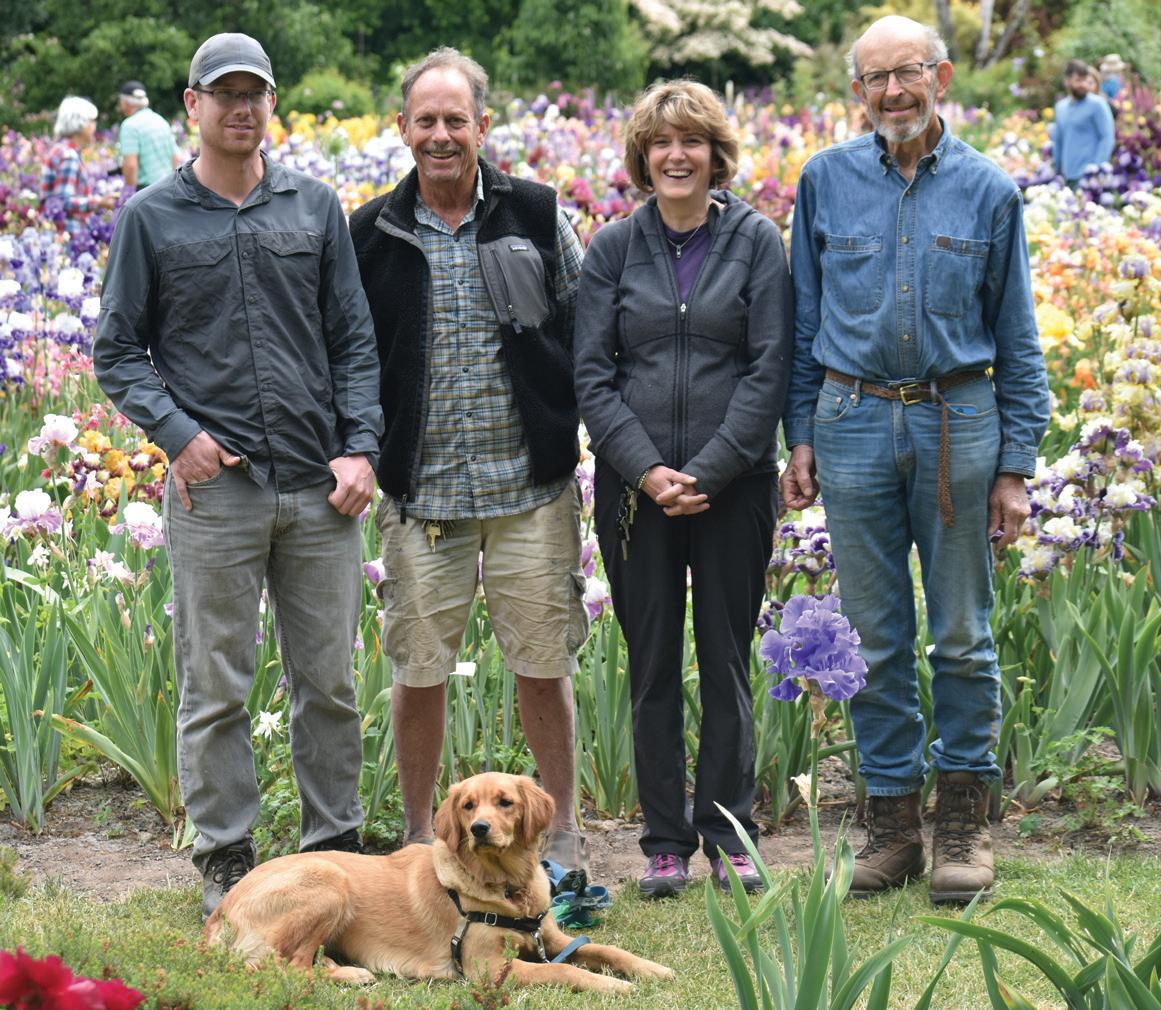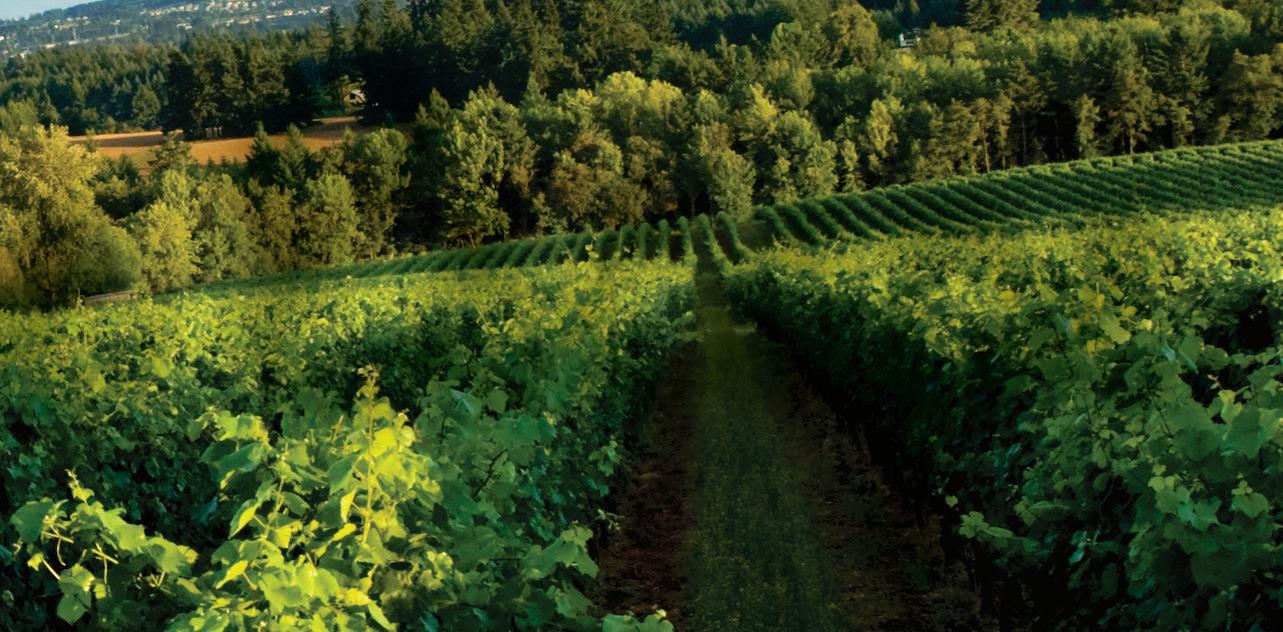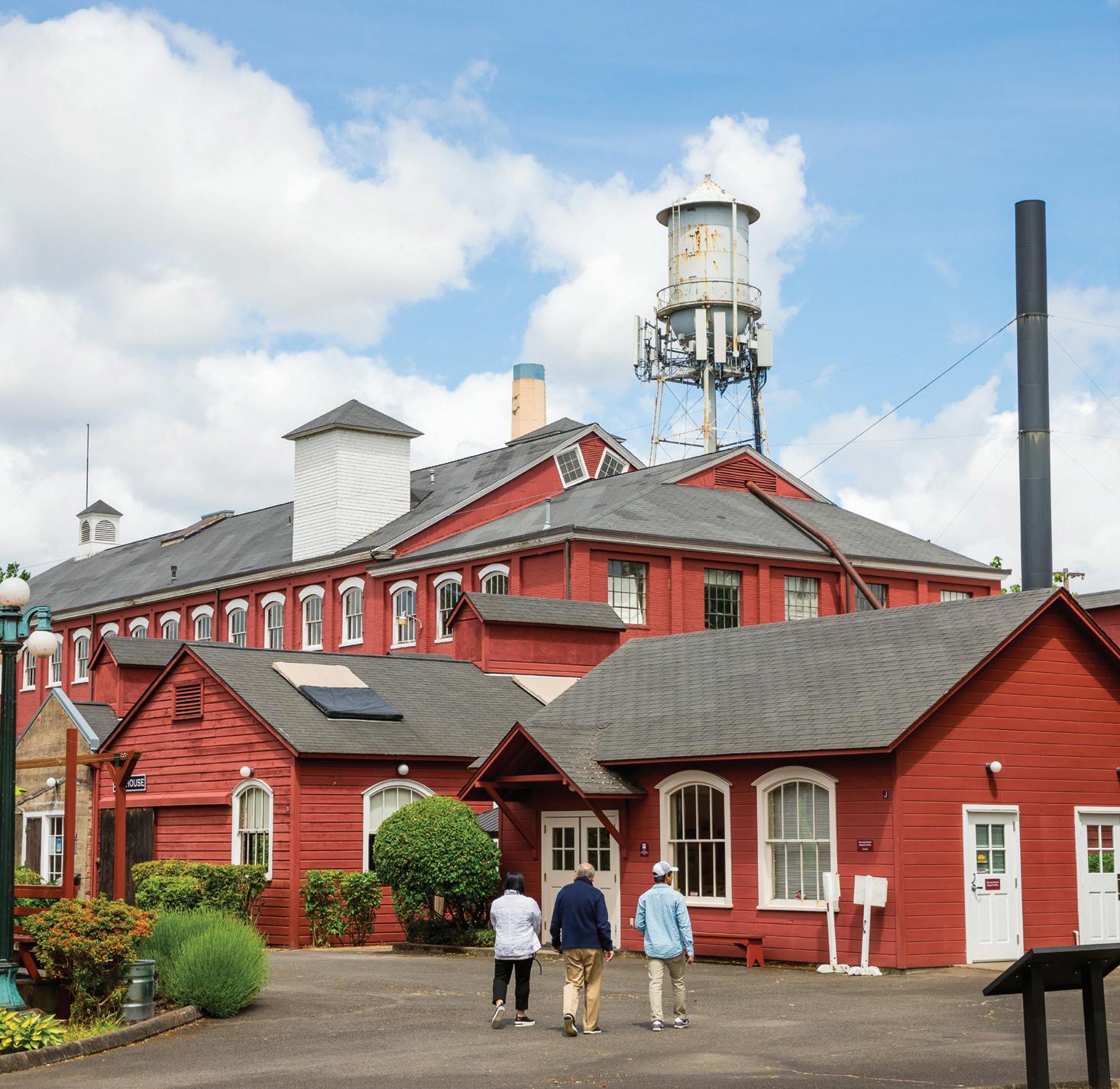
1 minute read
celebration of cultures
With a vibrant Russian, Latinx and German population, plus a French-Canadian and Indigenous peoples history, the Salem area’s small towns capture centuries of history and a world of culture.
You can explore much of it at the Willamette Heritage Center in Salem, which takes visitors on a tour through the 1840s, when Euro-American missionaries and immigrants settled in the Mid-Willamette Valley, home of the Kalapuya. Exhibits immerse visitors in the legacy of Oregon Trail immigrants and industrialization, sparked by the region’s growing diversity and innovation.
Advertisement
Today Salem’s World Beat Gallery invites local communities to share their heritage through stories and rotating exhibits. The annual World Beat Festival, typically held in June, is an award-winning celebration of 70 cultures, with traditional dance, food, music and a dragon-boat race along the Willamette River.
Woodburn is home to more than 14,000 Hispanic and Latinx residents — more than half the city’s population. All seven regions of Mexico are represented in the businesses and restaurants in downtown Woodburn. Each year the city celebrates this heritage with the Woodburn Fiesta Mexicana, a tradition that began in 1964 to honor the farmworkers at the end of harvest season.
The town of Mt. Angel was founded by German settlers in the late 1800s, and it still shows off its Bavarian-style storefronts today. Sit down for bratwurst and sauerkraut at Mt. Angel Sausage Company. Mt. Angel also celebrates the harvest season and its German heritage with its annual Oktoberfest, typically held in mid-September.
Long before Europeans settled the area, the region of Grand Ronde, west of Salem, was home of the Kalapuya people. They named the region Chachalu, which translates to “place of burnt timbers,” after a massive forest fire burned through the valley shortly before the Tribe was relocated in 1856. The Chachalu Museum and Cultural Center tells the story of the Tribe’s history and honors its resilience. It’s home to historical artifacts like hand-carved canoes and is also a place for community gathering.










